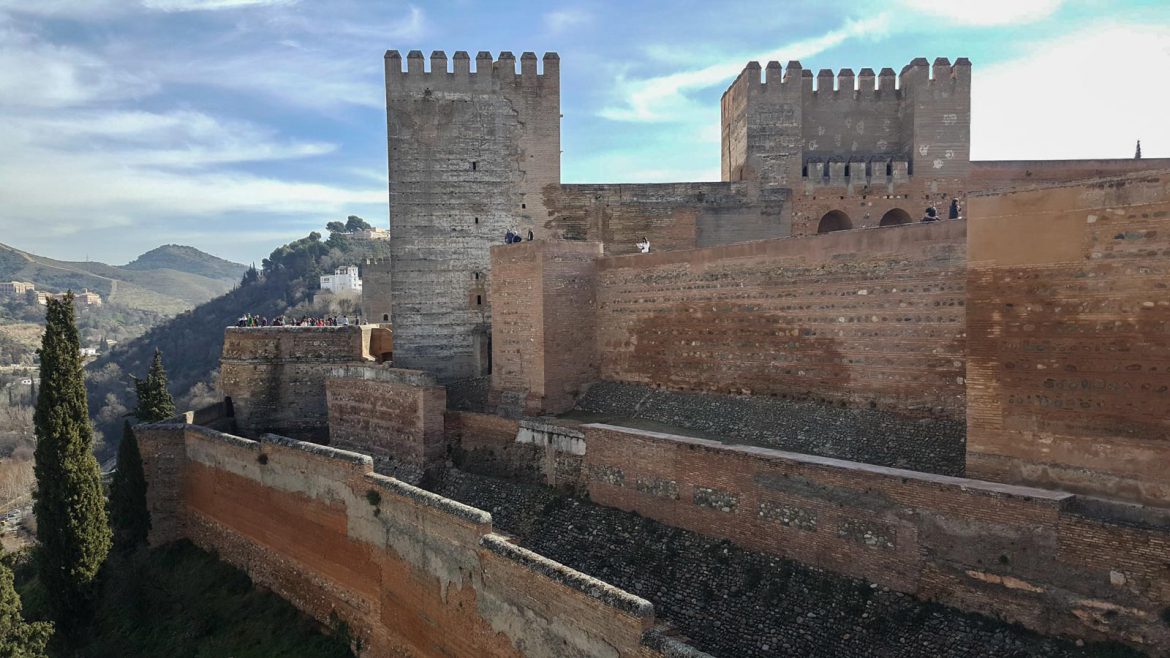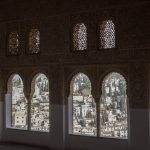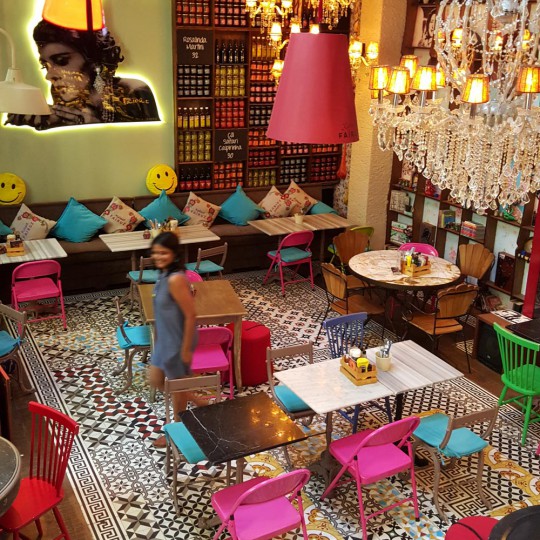I’ve been terrible at Spanish for an entire year now, starting back in Buenos Aires. Since then I’ve lived in other Spanish-speaking countries: Uruguay, Chile, Colombia, Bolivia, Ecuador — each with distinct dialects, idioms, accents and slang. In an attempt to describe the style of Spanish I speak currently — imagine a three-year-old child speaking broken English utilizing a haphazard, incongruous assortment of accents: Scottish, southern, Boston, and cockney. The child can tell you what he wants or needs and ask simple questions effectively but if asked a question containing a word he hasn’t learned yet (his vocabulary is around 100) he’ll just look at you with cow-eyes and a blank stare of confusion. That’s pretty much where I’m at.
While in Spain I added a new verbal weapon with which to assault native Spanish speakers — the fabled Spanish “lisp”. In Barcelona (and apparently much of Spain to my surprise) some consonants, such as “c” are softly pronounced as a “th” turning “gracias” into an audible “grathias”. Let me tell you right now that depending on your level of aggravation, it could drive you nuts. It drove me nuts.
Madrid impressed me on account of what I would refer to as its European feel — lots of fine dining, walkable sidewalks and convenience. It’s a city that seemed comfortable to live in and to which I would like to return. Granada impressed me on account of its proximity to both ski slopes and beaches, its rich history and Muslim architecture. It’s also very small — only a few hundred thousand people which gives it a quaint, historic charm. Barcelona was the city of the three that felt least like My Style™. Granted, visiting an ocean-side city known for beach-life during the winter does it a disservice, but I’ve come to learn that attraction, whether in love or of cities, is not negotiable.
My biggest beef with Barcelona is probably the celebration of the architect Antoni Gaudi and his numerous buildings which are spread across the city. When I look at them, any of them, I feel disgust and inexplicable anger. “How is this guy famous? These buildings look like they were designed with broken crayons and LSD.” Eveyone, myself foremost, seemingly is a critic. How can architecture — brick and mortar — enliven such emotions? I have a working theory: I have a particular aesthetic that I appreciate and Gaudi’s work seems in its place a gauche, Frankenstein horror of deviant perpendiculars from it. Owing to some inability to justify the existence of both — my personal, divine aesthetic and Gaudi’s clown circus which is celebrated as high art, my brain and emotions, revolt. I find this interesting because there are many tastes to which I do not ascribe but I also respect and value. However from these, Gaudi’s works are completely excluded. I think his nightmare carnival of drunken doom should be recognized for what it is: hideous, instead of celebrated. It turns out I’m not so open minded as I wish to think. Sorry — not sorry.
















